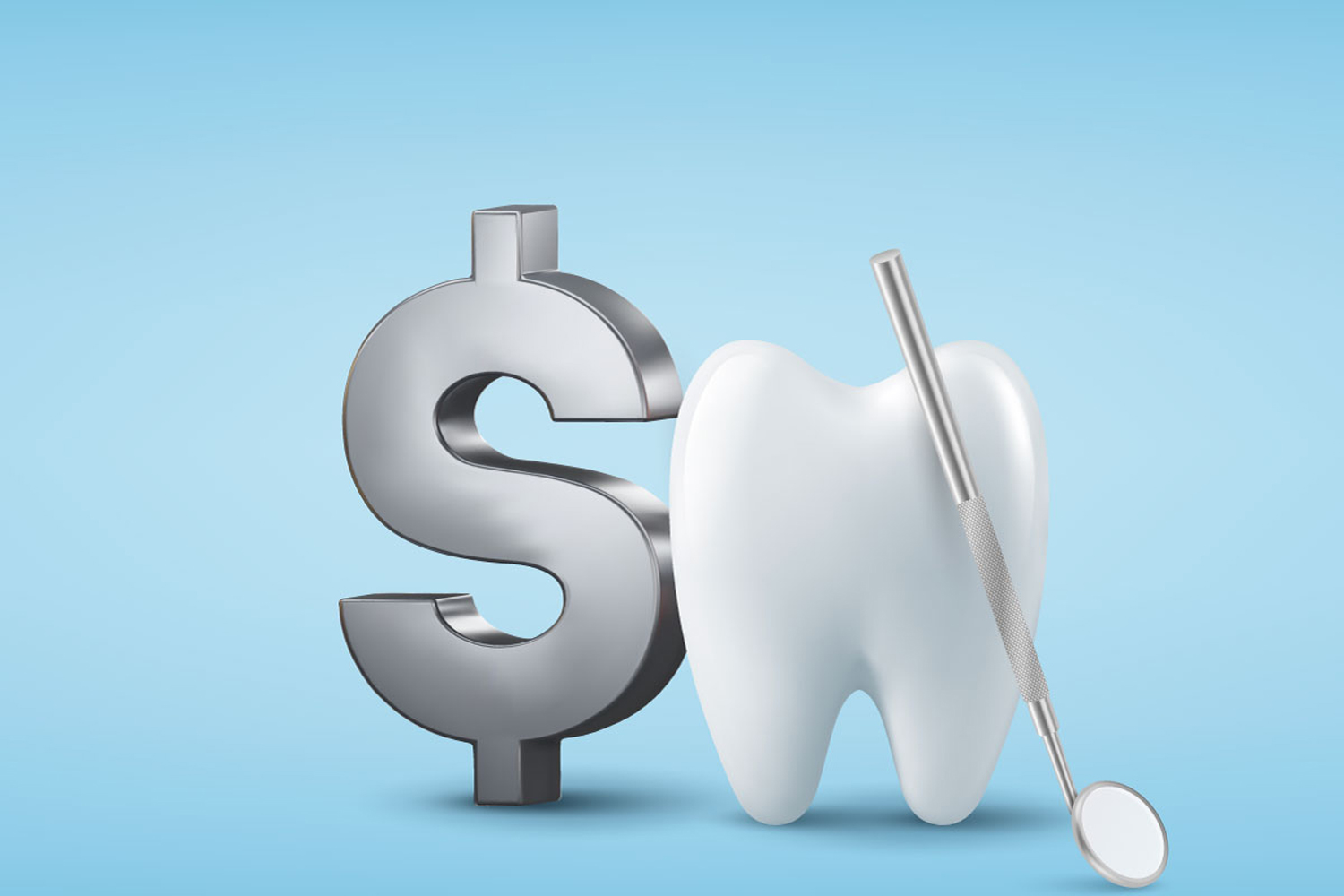AFTER PAT GANGITANO of Massapequa Park, New York, was diagnosed with head and neck cancer at the end of 2017, his care team told him the odds of successful treatment were “phenomenal,” but he might face issues with his teeth and jaw. After 35 radiation treatments and six rounds of chemotherapy, he showed no signs of cancer. Over the next few years, though, he noticed his teeth were chipping and decaying—common side effects of radiation that weakens the jawbone and destroys salivary glands, leading to dry mouth. These side effects tend to worsen over time.
Gangitano connected with a support group run by the national organization Support for People with Oral and Head and Neck Cancer (SPOHNC). “Obviously, you have to go through these treatments to survive,” he says. “But in the SPOHNC group, everyone has dental issues, some much more severe than I do. It’s not like you may have issues; you will have them.”
He knew he needed specialized dental care and consulted with experts at two major medical centers, but his health insurance would not cover the services. With SPOHNC’s help, he found his way to Ryan Lee, a dental oncologist in private practice in New York City and Boston who cares for cancer survivors with treatment-related dental issues. Gangitano had numerous procedures, including tooth extractions, dental crowns, and dental implant surgery to replace multiple lost teeth. He expects to need at least three more dental implants in the future. But the out-of-pocket costs are steep. Even with the discounted rates that Lee’s practice offers survivors and the staff’s appeals to his medical insurance plans for coverage, Gangitano estimates he has spent $12,000 in the past two years alone.
The cost of care for side effects is an issue that has dogged head and neck cancer survivors for decades. If a patient has dental insurance, it generally covers routine care such as cleanings, fillings and crowns, with yearly benefits capped at around $1,500. While medical insurance often covers dental care needed before cancer treatment starts, Lee says, it usually will not cover dental problems that emerge years later—even when they are clearly linked to therapies patients needed to survive.
Today, there are about 500,000 head and neck cancer survivors in the U.S. “[These] patients are living longer than in the past, so this is really a quality-of-life issue,” Lee says. “If you’re missing teeth for 10 or 20 years or more, how do you eat and smile and speak, go to a job interview or a family wedding, and live with dignity? The need for quality of life in survivorship puts dentistry at the forefront.”
After dental school, Lee completed a dental oncology fellowship at Memorial Sloan Kettering Cancer Center in New York City. He is one of what he says is “just a handful” of these specialists in private practice. (The more common path is to become part of a cancer center program and see patients before and during treatment but not long term.) Patients, some traveling long distances, come to seek out his care. “When you are five years out and you continue to have this increasing risk of jaw problems, dentists won’t see you,” Lee says. And for good reason: Extractions, implants, crowns and other dental work in an area of the mouth that has been irradiated can lead to osteoradionecrosis, a severe side effect in which jawbone cells die. Lee often works closely with dentists and oral surgeons with the goal that patients will return to general dentists for care.
Mary Ann Caputo, executive director of SPOHNC, says her staff fields many calls and emails about dental questions. “It’s not unusual to hear from survivors treated 15 years ago who are just now seeing long-term side effects,” she says. “It’s very difficult for them to find providers with the experience they need.”
This double-edged sword—limited access to dentists with oncology training combined with high out-of-pocket costs—was the focus of a commentary published in the July 20, 2024, issue of the Journal of Clinical Oncology that called for more training for dental professionals and expanded coverage by medical insurance plans. Financial toxicity, the authors wrote, is “associated with a failure to receive needed oral care and worse overall survival for individuals with cancer. New models for payment coverage for these services, on the basis of integration of oral and medical care delivery, must be addressed.”
Advocates in states such as West Virginia and Massachusetts have lobbied for bills to expand coverage, and Maine recently passed a law requiring health plans to cover medically necessary dental procedures to prevent or address issues caused by cancer treatments. Medicare has said it plans to work on “codification” of language surrounding coverage for dental or oral complications after head and neck cancer treatment.
For now, in most cases, the burden is on patients to figure out how to find and pay for the expert care they need—or go without. Pat Gangitano finds the issue frustrating. “Teeth are functional, not just aesthetic,” he says. “We did not bring this on ourselves; we needed radiation to save our lives.”
Cancer Today magazine is free to cancer patients, survivors and caregivers who live in the U.S. Subscribe here to receive four issues per year.





